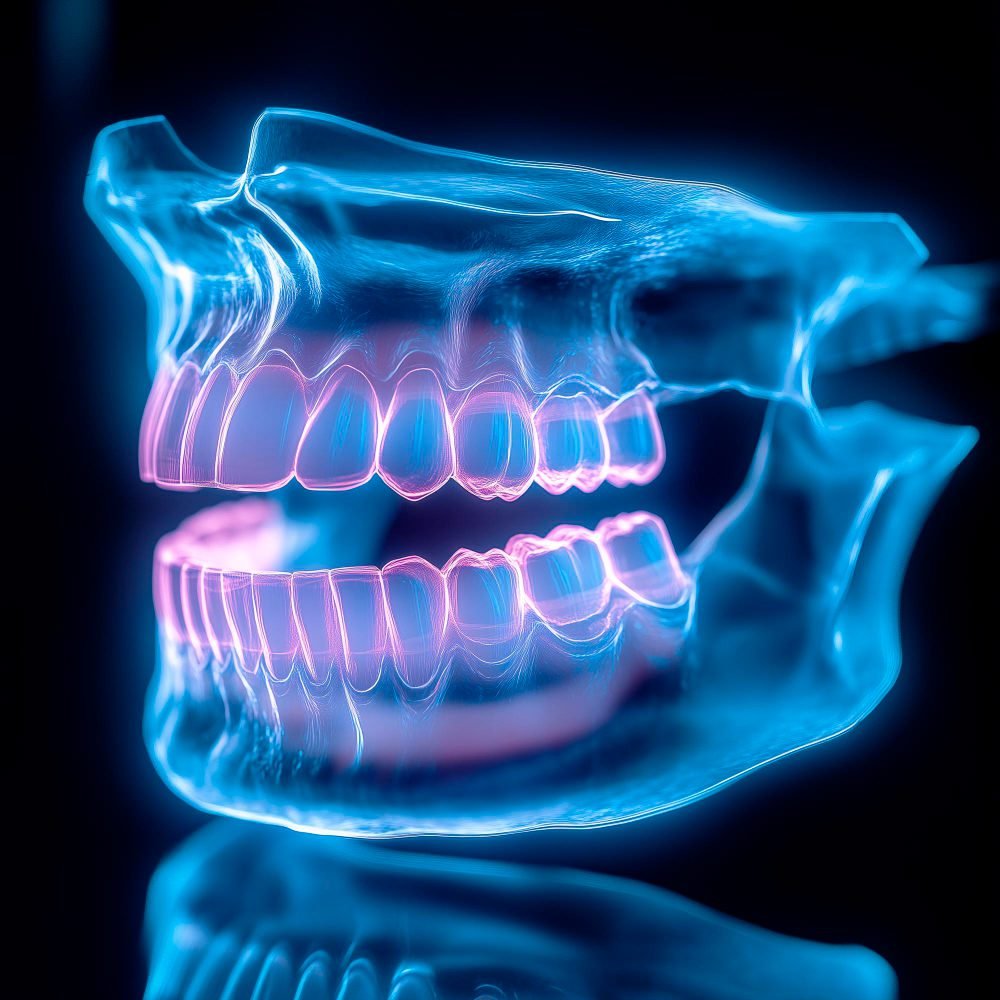Introduction
The field of orthodontics is undergoing a digital revolution, and 3D intraoral scanners are at the forefront of this transformation. Traditional dental impressions, often uncomfortable and time-consuming, are being replaced by highly precise digital scans. This innovative technology is especially transformative for patients using clear aligners, enabling dentists to plan treatments with unparalleled accuracy while improving patient comfort and outcomes.
At Dream Clinica in Istanbul, the integration of 3D intraoral scanners has redefined orthodontic care, offering faster, safer, and smarter treatment solutions.
The Role of 3D Intraoral Scanners in Clear Aligner Therapy
1. Precision in Treatment Planning
3D intraoral scanners capture detailed images of the patient’s teeth and oral structures. This digital record allows orthodontists to:
- Precisely map tooth positions.
- Identify potential alignment issues early.
- Customize clear aligners for each patient, reducing errors associated with traditional molds.
By using 3D scans, orthodontists can simulate each stage of tooth movement, ensuring a highly predictable treatment process.
2. Reducing Errors and Misfits
Traditional impressions are prone to distortions due to material shrinkage, improper handling, or patient discomfort during the molding process. Digital scans virtually eliminate these errors, providing:
- Accurate measurements for aligner fabrication.
- Reduced need for adjustments during treatment.
- Higher success rates and fewer complications.
3. Enhancing Patient Monitoring
3D intraoral scans enable dentists to track progress in real-time:
- Compare scans at each appointment to the planned tooth movement.
- Identify deviations early and make corrections efficiently.
- Maintain a complete digital record for documentation and future reference.
This capability ensures that patients receive a fully personalized and adaptive orthodontic experience.
Benefits of 3D Intraoral Scanners in Orthodontics
| Benefit | Description |
|---|---|
| Accuracy | Captures minute details of tooth structure and alignment, minimizing errors. |
| Speed | Reduces appointment times; impressions can be captured in minutes. |
| Comfort | Non-invasive scanning is more comfortable than traditional molds. |
| Predictability | Enables simulation of tooth movement and treatment outcomes. |
| Digital Records | Permanent, easy-to-access digital files for ongoing monitoring and future treatments. |
Clinical Applications Beyond Clear Aligners
While 3D intraoral scanners are particularly beneficial for clear aligner therapy, they also enhance other orthodontic and dental procedures:
- Braces planning: Accurate bracket placement and archwire customization.
- Restorative dentistry: Integration with crowns, bridges, and implants.
- Occlusion analysis: Digital bite registration improves functional outcomes.
At Dream Clinica, combining 3D scanning with advanced orthodontic software ensures comprehensive, patient-centered treatment planning.
Why Choose Dream Clinica in Istanbul?
Dream Clinica is recognized as one of the leading dental centers in Turkey for integrating state-of-the-art 3D intraoral scanning technology. Their orthodontic specialists:
- Utilize digital scans for precise treatment planning.
- Customize clear aligners for each patient’s unique dental anatomy.
- Monitor treatment progress with digital records for optimal results.
Patients benefit from reduced treatment times, enhanced comfort, and exceptional aesthetic outcomes, making Dream Clinica a preferred choice for orthodontic care in Istanbul.
Frequently Asked Questions (FAQs)
Q1: Are 3D intraoral scans painful?
A1: No. The scanning process is entirely non-invasive and typically takes only a few minutes.
Q2: Can 3D scans replace traditional impressions for all orthodontic cases?
A2: Yes. Most cases, including clear aligners, braces, and restorations, can be planned digitally, improving accuracy and efficiency.
Q3: How often are digital scans needed during treatment?
A3: Scans are usually taken at the beginning and periodically throughout treatment to track progress and adjust aligners if necessary.
Q4: Do digital scans reduce overall treatment time?
A4: Yes. By eliminating errors and streamlining aligner fabrication, treatment becomes faster and more predictable.
Q5: Is 3D scanning technology safe for all patients?
A5: Absolutely. It is safe, radiation-free, and suitable for patients of all ages.
Conclusion
Integrating 3D intraoral scanners in orthodontics represents a major advancement in dental care, particularly for clear aligner therapy. This technology offers faster, safer, and smarter treatment, improving both precision and patient comfort.
For those seeking state-of-the-art orthodontic treatment in Istanbul, Dream Clinica stands out as a leading provider, offering advanced digital solutions that deliver predictable, high-quality outcomes. Whether you are starting your clear aligner journey or looking for advanced orthodontic care, 3D intraoral scanning ensures a seamless, efficient, and comfortable experience.
📍 Dream Clinica – Istanbul
💻 Learn more about our digital orthodontic solutions: Visit Here

